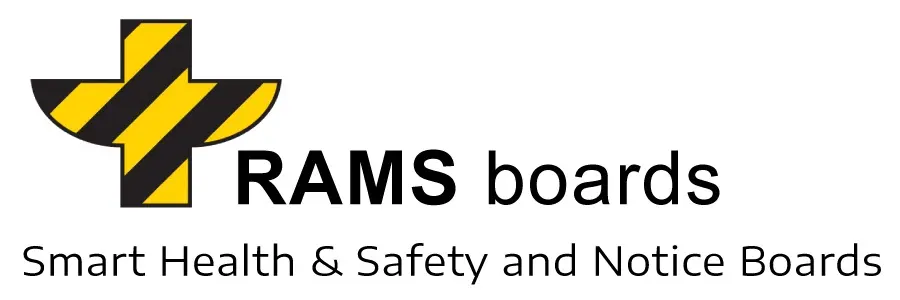Table of Contents
The Environment Agency: Guardians of England`s Natural Heritage
The Environment Agency (EA) operates as an executive non-departmental public body under the UK Government, with its primary sponsorship coming from the Department for Environment, Food & Rural Affairs (DEFRA). With a noble mission to protect and enhance the environment for people and wildlife, the EA stands at the forefront of fostering sustainable development. Headquartered in Bristol, England, and with offices spread across the country, the EA`s reach and impact are extensive.
| Environment Agency (EA) | Details |
|---|---|
| Type | Executive non-departmental public body of the UK Government, sponsored by DEFRA |
| Mission | To protect and improve the environment, for a better place for people and wildlife, supporting sustainable development |
| Headquarters | Bristol, England, with offices across the country |
| Key Areas of Responsibility | Flood Risk Reduction & Coastal Change: Flood forecasting, warnings, flood defenses operation, flood risk and coastal erosion management |
| Environmental Regulation & Protection: Issuing environmental permits/licenses, enforcing regulations, pollution monitoring, biodiversity protection | |
| Water Resources: Managing water abstraction for various uses, ensuring sustainable water resource management | |
| Fisheries: Licensing/regulating fishing activities, supporting sustainable fish populations |
Key Responsibilities of the Environment Agency
Flood Risk Reduction & Coastal Change: The EA plays a critical role in flood forecasting, issuing warnings, and managing flood defenses to protect communities. It also advises on long-term flood risk management and strategies to combat coastal erosion, safeguarding both lives and properties.
Environmental Regulation & Protection: At the heart of its operations, the EA issues permits and licenses for activities that could impact the environment, such as waste disposal and water discharges. It enforces environmental regulations, monitors pollution, and champions the protection of biodiversity and habitats.
Water Resources: The EA manages water abstraction, ensuring that water from rivers, lakes, and other sources is used sustainably for drinking, agriculture, and industry. It is dedicated to the prudent use and conservation of water resources.
Fisheries: The EA is also responsible for licensing and regulating fishing activities, promoting sustainable fish populations and supporting the health of aquatic ecosystems.
Engagement With the Public
The EA is committed to transparency and public engagement, encouraging reports of environmental incidents and offering guidance on obtaining necessary licenses or permits. Through public registers, flood risk maps, and consultations, the EA fosters an informed and involved community, working collaboratively towards environmental preservation and sustainability.
Operational Insights
With a workforce of around 10,600 employees, the EA is equipped to tackle the challenges of environmental protection and regulation. Funded by the government and fees from licenses and permits, it operates with financial stewardship and accountability. The EA`s activities and outcomes are reported to Parliament through DEFRA, ensuring oversight and alignment with national environmental goals.
Integrating RAMS boards into Environment Agency`s Operations: A Step Towards Enhanced Communication and Safety

The Environment Agency (EA), an executive non-departmental public body of the UK Government, is at the forefront of protecting and enhancing the environment across England. With a mission dedicated to creating a better place for people and wildlife and promoting sustainable development, the EA manages a broad spectrum of responsibilities, from flood risk reduction and environmental regulation to water resource management and fisheries. The cooperation with RAMS boards significantly augments the EA`s capabilities in these areas, especially in terms of safety and communication within its operational sites.
The Role of RAMS boards in Enhancing EA`s Operations
RAMS boards are designed to provide a centralized point for safety notices, risk assessments, compliance information, and essential communication, making them an ideal addition to the Environment Agency`s toolkit, particularly at operational sites like Rothley, Leicester, and Romsey. By integrating RAMS boards, the EA have leveraged several key benefits:
- Enhanced On-Site Safety: RAMS boards are serving as pivotal platforms for disseminating vital safety information related to flood risk management, environmental protection activities, and on-site operations, thereby contributing to safer work environments.
- Streamlined Communication: The ease of access to essential updates, procedural information, and environmental data through RAMS boards ensure that all team members, across various departments, are well-informed and aligned with the agency`s goals and safety standards.
- Operational Efficiency: By facilitating the efficient dissemination of information, RAMS boards helps reduce downtime and enhance the overall productivity of the EA`s operations, especially in critical areas like flood defense activation and environmental monitoring.
- Public Engagement and Awareness: Positioned at strategic locations, RAMS boards also serve as effective tools for raising public awareness about environmental issues, ongoing projects, and safety precautions, encouraging community involvement in the EA`s mission.
Potential Sites for RAMS Board Integration

The proposed sites for RAMS Board integration, such as the EA offices in Rothley, Leicester, and Canal Walk, Romsey, have been strategically selected to pilot this cooperation. These locations, involved in critical environmental management and protection activities, benefit from the enhanced communication and safety protocols that RAMS boards could provide.
Looking Forward: A Collaborative Path to Environmental Stewardship

The collaboration between the Environment Agency and RAMS boards signifies a forward-thinking approach to environmental management and protection. By enhancing safety, communication, and operational efficiency through RAMS boards, the EA further solidify its commitment to safeguarding England`s natural habitats, resources, and communities.
Conclusion
The cooperation between the Environment Agency and RAMS boards is a client consumer based, its potential to significantly impact the EA`s operational efficiency, safety standards, and public engagement efforts is immense. As the EA continues to navigate the complexities of environmental stewardship, innovations like RAMS boards could play a crucial role in supporting its mission, ultimately contributing to a more sustainable and resilient environment for future generations.
